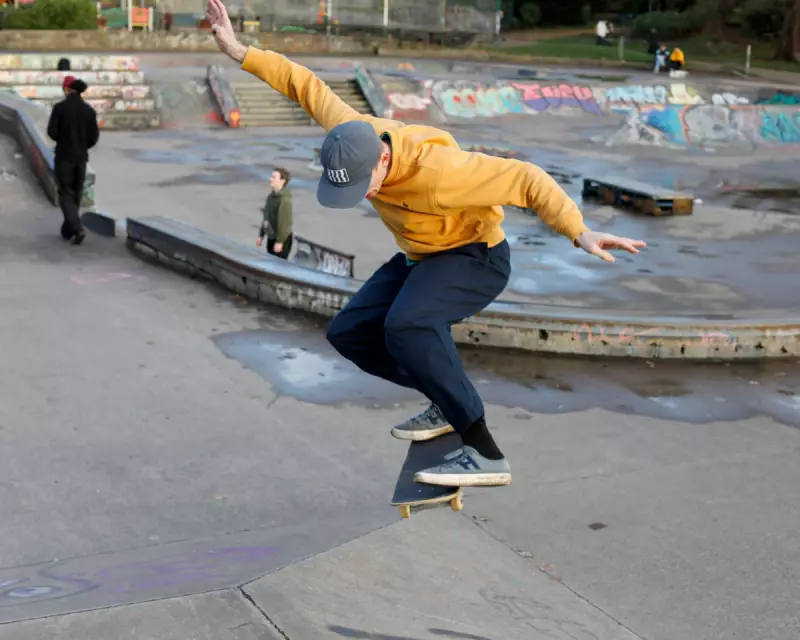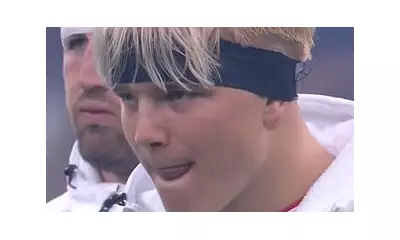
In an unprecedented fusion of urban archaeology and sporting heritage, a team of archaeologists is preparing to unearth a piece of Glasgow's subterranean history: the legendary Roman Quay skatepark. Buried for decades beneath a modern car park, this concrete playground was the heart of the city's 1980s skateboarding scene.
The innovative project, led by Archaeology Scotland, is remarkable for its collaborative approach. The experts are not working alone; they are being guided by the very skaters who carved and grinded the park's surfaces in their youth. This direct oral history is key to understanding the site's layout and cultural significance before a single trench is dug.
Preserving a Concrete Time Capsule
The excavation aims to do more than just map out the old ramps and bowls. It seeks to preserve the physical scars of the past—the grind marks, scratches, and graffiti that tell the authentic story of a thriving subculture. These artefacts are as valuable to social historians as any ancient pottery shard.
"This isn't a traditional site, but it's incredibly important," said a project spokesperson. "It represents a massive cultural moment for youth identity, sport, and music in post-industrial Glasgow. We're treating it with the same respect as any historic monument."
A Community's Legacy
The Roman Quay park was more than just concrete; it was a sanctuary. A generation of skaters, BMX riders, and inline skaters found a sense of belonging and identity within its confines. Its burial was a profound loss for that community.
Now, the dig offers a chance for redemption and recognition. The findings will be meticulously recorded and could lead to a future exhibition, ensuring the legacy of Scotland's pioneering extreme sports scene is not forgotten but celebrated as a crucial part of the nation's social fabric.





